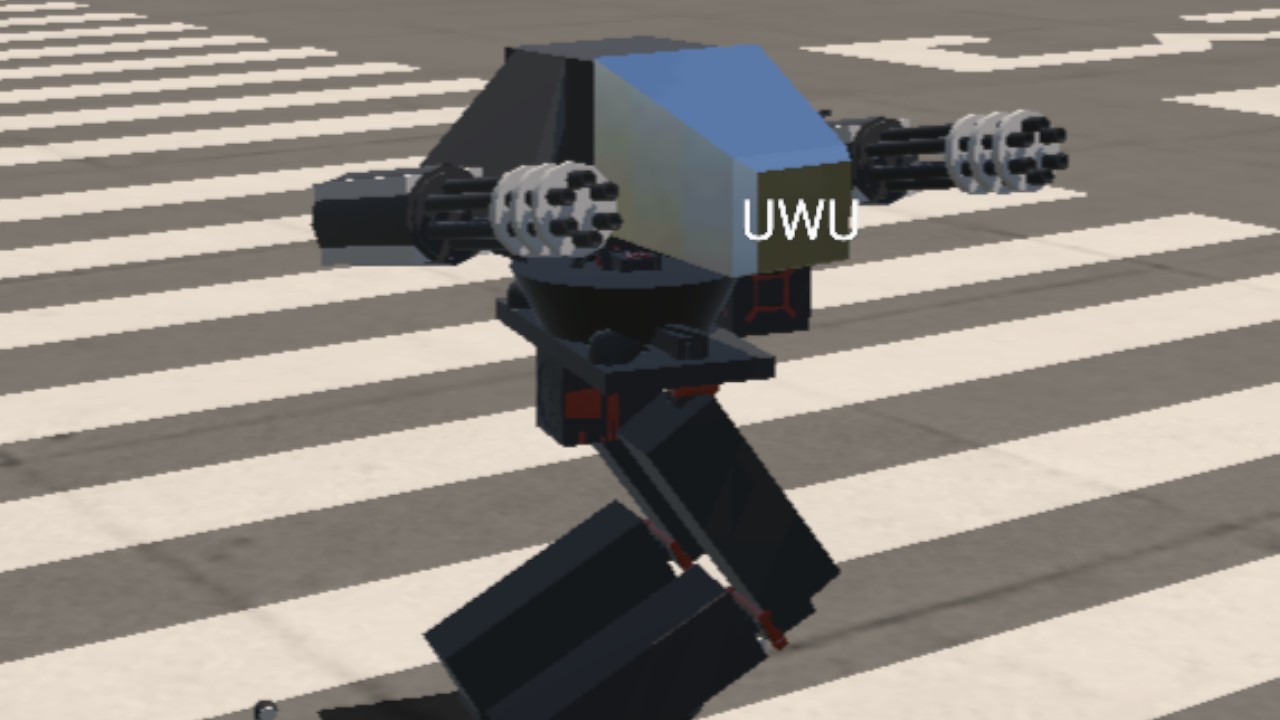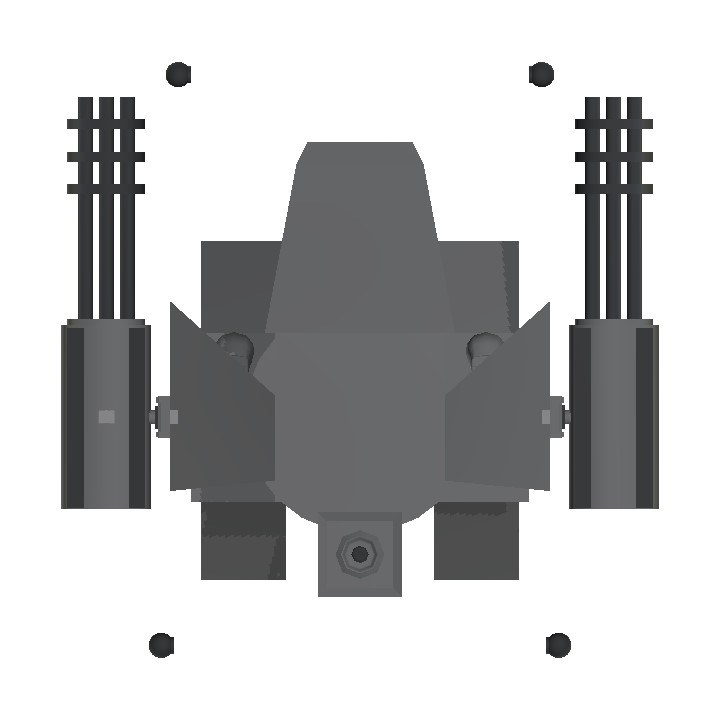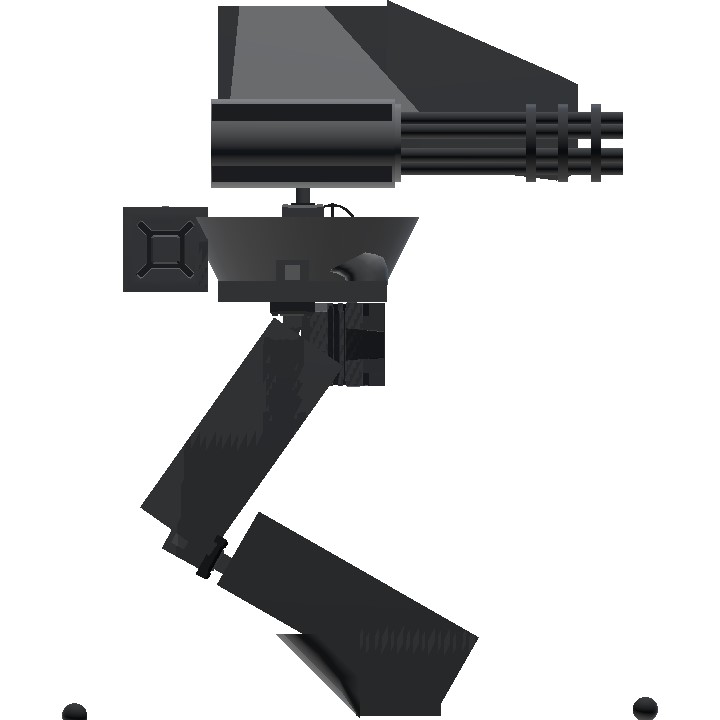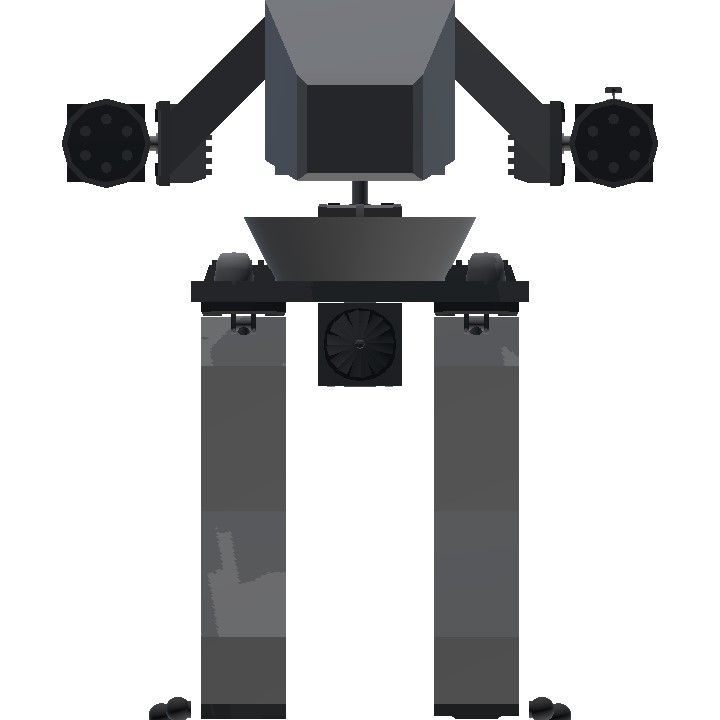I had a change da description cuz it's against the TOS 😭😭😭😭😭
Specifications
Spotlights
- LettuceRob119 1.6 years ago
General Characteristics
- Successors 1 airplane(s) +7 bonus
- Created On Android
- Wingspan 11.3ft (3.5m)
- Length 11.2ft (3.4m)
- Height 14.0ft (4.3m)
- Empty Weight N/A
- Loaded Weight 8,413lbs (3,816kg)
Performance
- Power/Weight Ratio 0.48
- Wing Loading N/A
- Wing Area 0.0ft2 (0.0m2)
- Drag Points 4867
Parts
- Number of Parts 36
- Control Surfaces 0
- Performance Cost 291





@yippee144 The surrender of the Empire of Japan in World War II was announced by Emperor Hirohito on 15 August and formally signed on 2 September 1945, bringing the war's hostilities to a close. By the end of July 1945, the Imperial Japanese Navy (IJN) had become incapable of conducting major operations and an Allied invasion of Japan was imminent. Together with the United Kingdom and China, the United States called for the unconditional surrender of the Japanese armed forces in the Potsdam Declaration on 26 July 1945—the alternative being "prompt and utter destruction". While publicly stating their intent to fight on to the bitter end, Japan's leaders (the Supreme Council for the Direction of the War, also known as the "Big Six") were privately making entreaties to the publicly neutral Soviet Union to mediate peace on terms more favorable to the Japanese. While maintaining a sufficient level of diplomatic engagement with the Japanese to give them the impression they might be willing to mediate, the Soviets were covertly preparing to attack Japanese forces in Manchuria and Korea (in addition to South Sakhalin and the Kuril Islands) in fulfillment of promises they had secretly made to the United States and the United Kingdom at the Tehran and Yalta Conferences
@yippee144 ;]
The idea of adding a fourth dimension appears in Jean le Rond d'Alembert's "Dimensions", published in 1754, but the mathematics of more than three dimensions only emerged in the 19th century. The general concept of Euclidean space with any number of dimensions was fully developed by the Swiss mathematician Ludwig Schläfli before 1853. Schläfli's work received little attention during his lifetime and was published only posthumously, in 1901, but meanwhile the fourth Euclidean dimension was rediscovered by others. In 1880 Charles Howard Hinton popularized it in an essay, "What is the Fourth Dimension?", in which he explained the concept of a "four-dimensional cube" with a step-by-step generalization of the properties of lines, squares, and cubes. The simplest form of Hinton's method is to draw two ordinary 3D cubes in 2D space, one encompassing the other, separated by an "unseen" distance, and then draw lines between their equivalent vertices. This can be seen in the accompanying animation whenever it shows a smaller inner cube inside a larger outer cube. The eight lines connecting the vertices of the two cubes in this case represent a single direction in the "unseen" fourth dimension.
@yippee144 oh yeah?
Uranium is a chemical element; it has symbol U and atomic number 92. It is a silvery-grey metal in the actinide series of the periodic table. A uranium atom has 92 protons and 92 electrons, of which 6 are valence electrons. Uranium radioactively decays, usually by emitting an alpha particle. The half-life of this decay varies between 159,200 and 4.5 billion years for different isotopes, making them useful for dating the age of the Earth. The most common isotopes in natural uranium are uranium-238 (which has 146 neutrons and accounts for over 99% of uranium on Earth) and uranium-235 (which has 143 neutrons). Uranium has the highest atomic weight of the primordially occurring elements. Its density is about 70% higher than that of lead and slightly lower than that of gold or tungsten. It occurs naturally in low concentrations of a few parts per million in soil, rock and water, and is commercially extracted from uranium-bearing minerals such as uraninite.
@yippee144 and I'll do it again
That's a nice argument you have there, unfortunately......
Wood is a structural tissue found in the stems and roots of trees and other woody plants. It is an organic material – a natural composite of cellulose fibers that are strong in tension and embedded in a matrix of lignin that resists compression. Wood is sometimes defined as only the secondary xylem in the stems of trees, or more broadly to include the same type of tissue elsewhere, such as in the roots of trees or shrubs. In a living tree it performs a support function, enabling woody plants to grow large or to stand up by themselves. It also conveys water and nutrients between the leaves, other growing tissues, and the roots. Wood may also refer to other plant materials with comparable properties, and to material engineered from wood, woodchips, or fiber.
robo cop mech
@yippee144 i lumtur për të ndihmuar!
@yippee144
יא, כאטש איך בין דערפאר ליסע
@yippee144 Bälle
@yippee144 私は毎日腕立て伏せを1,000回、腹筋運動を1,000回行い、1,000マイルをランニングしています。
@yippee144 dlaczego to czytasz, hmmm? Czyż nie jesteśmy wszyscy... trochę szaleni?
@yippee144 Du wirst mich niemals besiegen
@yippee144 yes
This classifies as a mech, and as a mech enthusiast, noice.